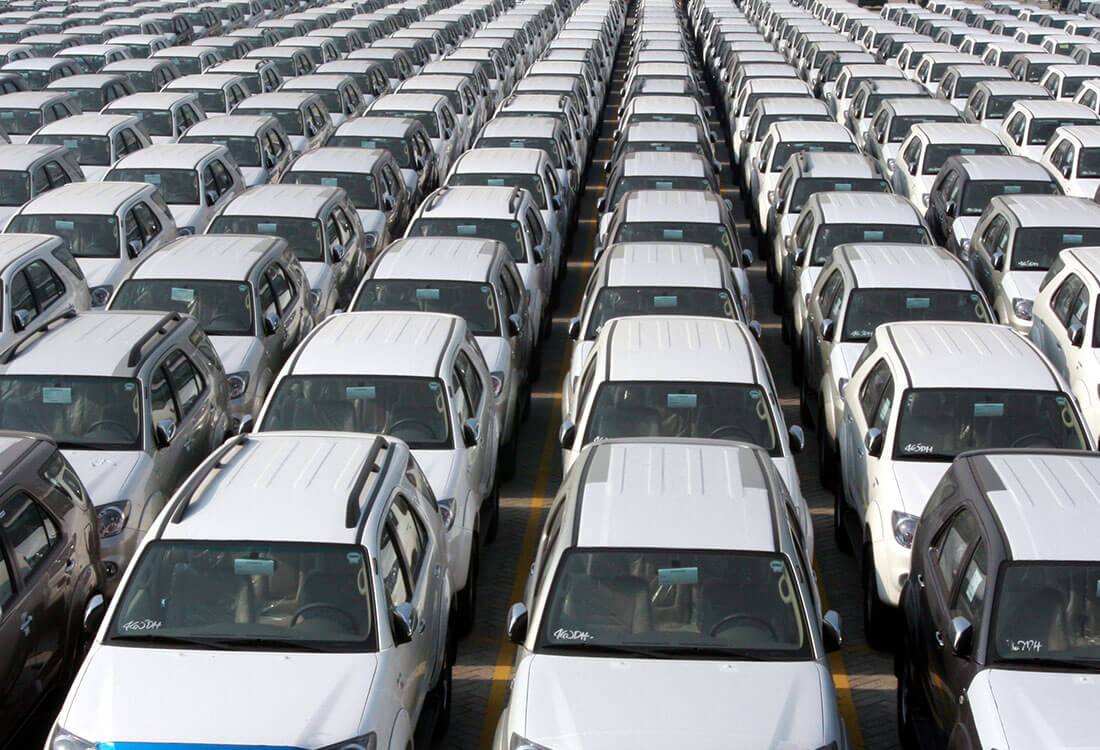The report said that OEMs and dealerships were facing growing competitive threats, disruptive technological shifts, and the intrusion of innovative new mobility business models to the point where they can no longer rely on the inefficient pricing strategies used today.
Instead, OEMs would need to find ways to make sure their offer, price and incentive bundles were not squandering profits as is the case today and that price points should always be on target.
The report ‘2017 Automotive Manager’ said that car-makers were basing pricing on volumes rather than profits and this has led to them getting poor returns on their business.
At the same time, customers are geared to expecting large discounts on the recommended retail price, said Oliver Wyman’s detailed report.
The report said research indicated that by revising pricing policies, car-makers could reduce incentive spending by up to 30 per cent without compromising sales volumes.
It said: “Automakers often fail to impose rigorous analytics on these (consumer incentive) expenses and so overspend,” it said.
Using Europe as an example, the report said about 30 per cent of a car’s list price reflects distribution cost, including dealer margins.
“On a typical new car sold in Europe with a list price of €25,000, roughly €17,000 represent the vehicle-maker’s cost and profit, while the other €8000 are split in €4000 sales cost and €4000 for the dealer’s margin.
“However, after customer negotiations, the actual transaction price usually drops to about €20,000, consuming both dealer and automaker margins.”
Oliver Wyman said that though car-makers had considerable market experience, they had pricing problems that required a major change in car distribution methods.
“They partly lack data-driven tools needed to make optimised pricing decisions.
“Automakers usually determine vehicle list prices with a cost-plus approach and comparisons to competitive pricing. But they do not fully take into account the customer’s perspective,” it said.
“Additionally, they tack on significant sales incentives that lead to the typical transaction price levels.
“These incentives frequently do not follow a differentiated, systematic approach and do not optimally leverage customers’ willingness to pay. Improper offer structures and vehicle configurations play a role, too.”
It said the result was that cars sit unsold, OEMs fail to realise vehicles’ full profit potential, and dealers resort to additional incentives and discounts to “move the metal”.
“Inadequately set incentives and discounts undermine profitability,” Oliver Wyman’s report said.
“On top of that, strong intra-brand competition drives retail discount levels.
“Car-maker incentives can come to be misused resources with money spent in the wrong places because they lack sufficient transparency regarding the total incentives vehicles carry across their sales system.
“Most promotional activities reflect limited quantified insights on the return-on- investment, and companies often fail to thoroughly analyse individual sales incentives for their effectiveness.
“Additionally, bonus and margin systems that emphasise volume, rather than profit, place an overwhelming pressure on making the sale while letting profitability deteriorate.”
It said that traditional market allocation processes were also a widespread problem.
“Allocating car volumes within and across markets is complicated, with many allocation strategies favoring volume over profit considerations or else going with a ‘business as usual’ approach,” the report said.
“Finally, opportunistic steering can send pricing strategies into the ditch. In fact, pricing plans typically fail because they lack adequate steering and monitoring across vehicle types – tasks made more difficult by the local, decentralised nature of pricing decisions.”
The answer to getting the pricing right is better data analyses, smart optimisation algorithms and pragmatic IT solutions, the report said.

It said OEMs and dealers can improve their commercial distribution performance by:
- Creating customer-centered list prices. Instead of adopting traditional inside-out, cost-plus pricing, develop differentiated and dynamic list prices, defined by customer expectations. Adopt customer-centered insights, such as willingness to pay and price elasticity. These ought to be the focus of pricing, not product production costs.
- Rethink offer optimisation. Option packaging, pricing and discounts should reflect market insights, with lower discounts and tailored incentives across vehicle lines and special editions. The opportunity for complexity reduction and cost savings is huge, especially across countries and vehicle categories.
- Enhance vehicle configuration strategies. Because pre-configured vehicles often fail to reflect customer priorities, harness analytic capabilities to develop optimised configuration recommendations. Match these to customer needs and achieve clarity.
- Optimise discounts and transaction prices. Stamp out intra-brand competition and optimise transaction prices by creating greater transparency through close steering and retail staff training. Design and execute discount schemes using insights derived from data, and strive for higher differentiation levels based on customer data.
- Focus on four key areas: transaction price analyses, discount steering models, easy-to-use retail tools, and comprehensive and frequent training on retail best practices.
- Rethink incentives. Stop rewarding consumers for the wrong things. Evidence suggests that car-makers can reduce incentive spending by up to 30 per cent without compromising sales volumes. This requires detailed data analyses of incentive histories, revised incentive allocation and steering, optimised offers and configuration, as well as pattern analyses regarding types of incentives, channels, markets, and brands
- Redesign channel and margin structure. Focus on profitability and on new sales channels, instead of emphasising volume via traditional channels. Adding online and direct sales channels will reduce margin spend, while dealers can still play an important fulfillment role in a joint sales model.
- Improve market allocation practices. Place a greater emphasis on system profit across markets. Create market transparency, employ data analytics, ensure data availability, centralise market intelligence, and identify and understand the triggers, drivers, and indirect effects of commercial decisions across geographies.
- Introduce strong steering and monitoring. To avoid pricing “ditches,” effectively steer efforts to capture the greatest value. Consistent pricing, rates, and incentives across vehicle categories (build to order, build to stock, test drive vehicles, and used cars) are the starting points. Maintaining the price cascade from automakers to national sales companies to dealers is necessary for safeguarding consistent transaction prices and profit margins.

Oliver Wyman’s reports said that companies often find it helpful to approach pricing excellence in different stages and modules. Here are some suggested steps:
First, take action to capture quick wins and boost efficiency. This scenario enhances existing structures, creates transparency and therefore reduces incentives and discounts based on big data insights.
The next step is to differentiate vehicle and option list prices and to optimise vehicle packaging and configuration decisions, with a specific focus on avoiding unnecessary discounts.
Finally, to achieve full optimisation, firms need to adjust distribution channels and processes. This scenario builds on actions undertaken during the first stages and concentrates on introducing new distribution channels with online and direct sales elements, plus the according margin system adaptations. Capturing from €1,000 to €3,000 per vehicle, full optimisation pursues all possible measures and can save up to 30 per cent of total cost of distribution.
By Neil Dowling














 Read More: Related articles
Read More: Related articles

